Uncategorized
-
 Health & Medicine
Health & MedicineBlood donations show that the United States is still nowhere near herd immunity
Testing donated blood for antibodies to the coronavirus highlights that the vast majority of the United States remains susceptible to infection.
-
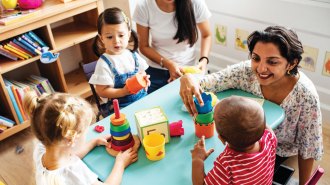 Science & Society
Science & Society‘The Origins of You’ explores how kids develop into their adult selves
A new book describes the interplay of nature and nurture as children, at least in Western societies, grow up.
By Bruce Bower -
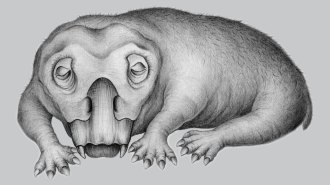 Paleontology
PaleontologyAncient Lystrosaurus tusks may show the oldest signs of a hibernation-like state
Oddball ancestors of mammals called Lystrosaurus might have slowed way down during polar winters.
By Susan Milius -
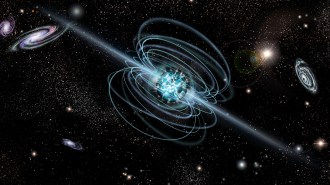 Space
SpaceNeutrinos could reveal how fast radio bursts are launched
Highly magnetized stellar corpses called magnetars may be the source of two different cosmic enigmas: fast radio bursts and high-energy neutrinos.
-
 Tech
TechA Game Boy look-alike runs on solar panels and button smashes
A new prototype console that looks and feels like the original Game Boy harnesses user-generated energy to run without batteries.
-
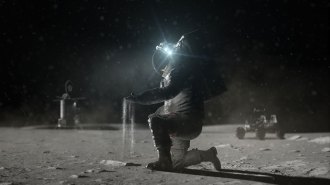 Space
SpaceHow do you clean up clingy space dust? Zap it with an electron beam
An electron beam is the newest addition to a suite of technologies for cleaning sticky and damaging lunar dust off surfaces.
By Jack J. Lee -
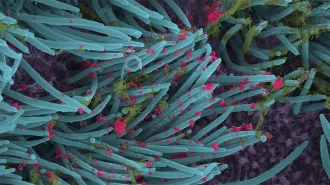 Health & Medicine
Health & MedicineLung cell images show how intense a coronavirus infection can be
Microscopic views reveal virus particles coating the hairlike cilia of an airway cell from the lungs.
-
 Space
SpacePhosphine gas found in Venus’ atmosphere may be ‘a possible sign of life’
Astronomers have detected a stinky, toxic gas in Venus’ clouds that could be a sign of life, or some strange unknown chemistry.
-
 Earth
EarthEarth’s rarest diamonds form from primordial carbon in the mantle
Chemical analyses of the rarest diamonds suggest the planet’s carbon cycle may not go as deep as scientists thought.
-
 Health & Medicine
Health & MedicineTreatments that target the coronavirus in the nose might help prevent COVID-19
Scientists are developing and testing ways to prevent the virus from settling in prime nasal real estate.
-
 Health & Medicine
Health & MedicineCollege athletes show signs of possible heart injury after COVID-19
Four of 26 college athletes, who had mild or asymptomatic COVID-19, may have had myocarditis, an inflammation of the heart muscle.
-
 Environment
EnvironmentThis moth may outsmart smog by learning to like pollution-altered aromas
In the lab, scientists taught tobacco hawkmoths that a scent changed by ozone is from a favorite flower.
By Carmen Drahl